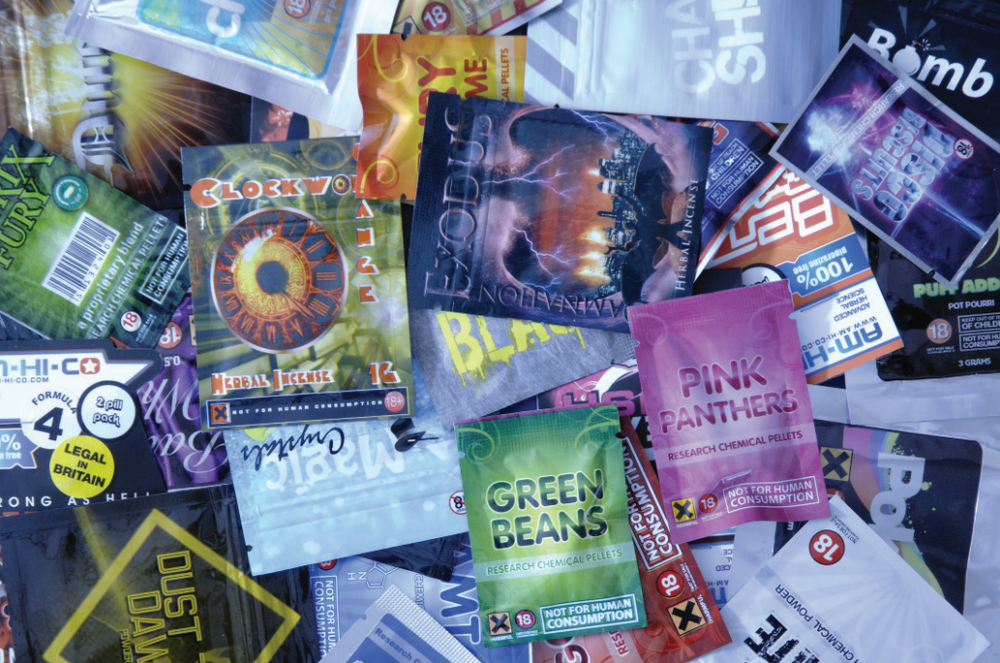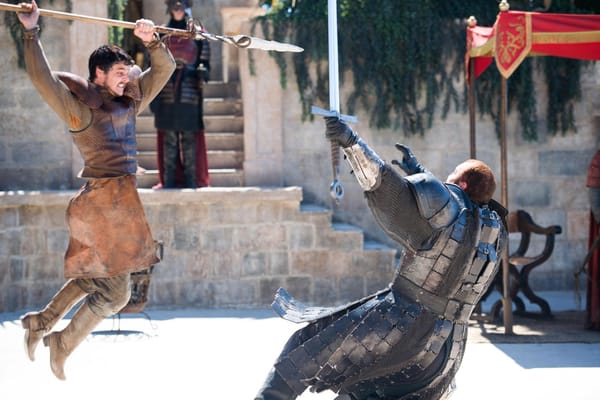The Lunatics have taken over the Asylum
Lauren Ratcliffe reports on the highs and lows of designer drugs

The UK Misuse of Drugs Act introduced in 1971 is widely regarded as the most epically failed governmental campaigns to prevent drug distribution and usage. By introducing complete prohibition it effectively promoted an underground black-market in drug trade, condemned addicts to conviction rather than treatment, and prevented any form of research on the drug’s potential medical benefits. Cameron even said himself (and I kid you not): “Politicians attempt to appeal to the lowest common denominator by posturing with tough policies and calling for crackdown after crackdown. Drugs policy has been failing for decades”. It’s interesting how this opinion changed once he became leader of the conservative party…
Now, I’m not here as a typical university student in protest to ‘free the weed’ just so I can smoke-up in my room with a clean conscience. Instead, I want to talk about the effects this policy has had on the emergence and increased prevalence of legal highs.
Legal highs, designer drugs, new psychoactive substances (NPS)… whatever you like to call them, they are all substances created for the sole purpose of mimicking illegal drugs. Sold in ‘head shops’, they get around UK law by claiming not to be for human consumption and once they have been bought it’s the customer’s responsibility. Untested and dangerous, these new psychoactives have been linked to 40 deaths in the last year and present a growing global health concern.
NPS can be sub-divided into three types depending on their similarity with other illegal drugs; synthetic cannabinoids that, despite what you may expect, actually bear no relation to the cannabis plant and are instead chemicals blended or soaked into plant matter that act in a similar way to cannabis on the brain; stimulant-type drugs with effects similar to amphetamines and MDMA; and finally, hallucinogenic compounds.
When mephedrone (‘meow meow’) jumped onto the scene in 2008, it changed the designer drug game forever. During a time when MDMA was scarce and the quality of cocaine was failing, mephedrone filled the gap in the stimulant market. For the first time, a drug was being used globally, heavily publicised and stuck around for 12-18 months before being controlled. Five years later, it seems like appeal of this drug to clubbers has lost its spark, perhaps due the unpleasant paranoid sweat-inducing side effects. But the story doesn’t end here. The problem is, as soon as one drug is banned, another one with similar effects is produced which is legal, leading to a cat and mouse chase between governments and ambitious drug makers. The European Monitoring Centre for Drugs and Drug Affiction (EMCDDA) have explicitly acknowledged that misuse legislation is insufficient to deal with this designer drug problem, but what then should be done? There are a few legislative options in place around the world; In the UK we have a generic model where a compound is banned along with any chemically similar compound; in the USA they have an analogue approach where a compound is banned along with any other compound that has similar effects irrespective of its pharmacology; Ireland and Poland have an outright blanket ban where all head shops are closed; New Zealand, however, take a more interesting approach for non-medical drugs whereby the manufacture is expected to demonstrate that a product proses minimal risk before it can be sold. Clearly, these Heisenberg wannabes are not going to go away and current legislation is not up to scratch; what happens next will be purely a case of trial and error.
What do you think should be done? Share your view: felixonline.co.uk/science









